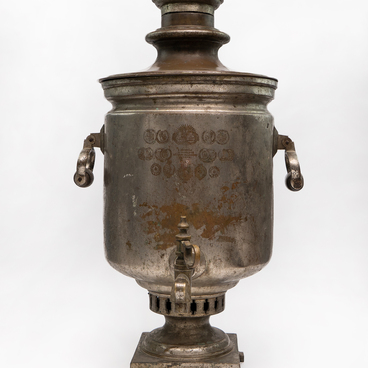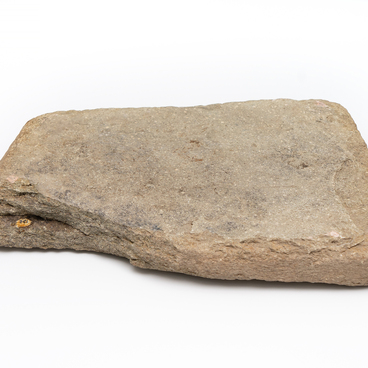Men’s casual shoes of the Nanai people differed in the material from which the indigenous peoples sewed them, in purpose and season. The shoes, which were sewn from fish skin, were called “sogboma ota”, and from processed animal skins — “nantama ota”.
Most often, tanned fish skin of chun salmon — called “davaks”, or “davahs”, was used for the manufacture of shoes, less often fish skin of lenok — called “nimoks”, was used, as well as the skin of hucho — called “deliksa”. Depending on this, it was called “davaksama ota”, “nimoksama ota”, “deliksama ota”. The shoes, which were made of fish skin, were lightweight and had good thermal insulation. Untreated fish skin with scales was sometimes used for durability.
All Nanai fish-skin shoes were worn only in winter, since only at this time of the year they were guaranteed not to get wet. In summer, especially in rainy times, such shoes were completely unsuitable for wear: the fish skin from which the shoes were sewn very quickly became damp, swelled and then finally deteriorated, hardened after drying, and warped.
Seasonal differences in men’s casual shoes mainly came down to the fact that in winter they made a lining of dry naokta grass — a special kind of sedge. With its help, the indigenous peoples managed to achieve greater thermal insulation.
The Amur cut of shoes was characterized by the presence of a high vamp with a triangular insert on the instep and a seam on the heel, which was cut out together with the sole and sides from a single cloth. The toe cap was sewn to the vamp, thus forming a dense network of ruffles. The shaft was cut separately and sewn to the base of the manufactured shoes. As a rule, the shafts had a slit slightly shifted to the right.
One of the examples of
casual shoes was the winter shoes made of fish skin “sogdoma tueripchi ota”.
Its toe cap was also sewn to the vamp, but also three belt loops called
“sandiche” were added to the upper leather part of the shoe. Sometimes, an
additional loop was sewn to the vamp on each side for strength. A suekse belt
cord was threaded through them, which was used to tighten the boot around the
leg. The upper part of the shaft was wrapped with a wide ribbon of fabric or
leather.







